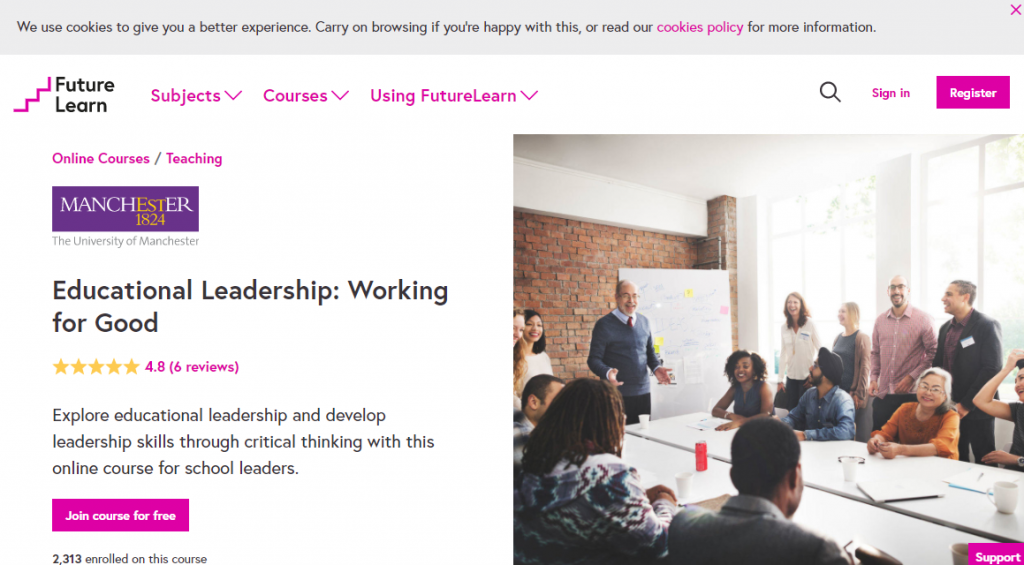
Students begin to master multidigit addition and subtractions facts in the second grade. Students also acquire time-telling skills and money skills. The curriculum for this grade includes graphing and skip counting as well as multiplication. Flashcards are an entertaining way to encourage students' fact fluency. Students must create 15 flashcards according to total.
Game
Two grade math games can be an excellent way to engage kids in math lessons. These games help reinforce core skills like subtraction, addition, and place value. They help kids understand more complicated concepts, such as the analysis and description of shapes. Many of these interactive games allow kids to work on specific skills at their own pace.
One great grade two math game is snakes and ladders. This fun card game allows children to develop their number sense while battling against their opponents. Students can play as individuals or in groups, and teachers may give codes that allow them to play with others.

Units
These math games for 2 grade are intended to teach basic skills and fluency in addition, subtraction and multiplication. These games can be used to teach time, money, shapes, and more. Some games can also be used to drill down on specific Common Core domains. One example is when a player flips four cards and tries to place them so that their sum equals the highest possible number.
Some games are geared towards 2nd graders and focus on specific units, like the metric. Some games focus on animals, while some are focused on counting things. For example, a number line game teaches students the difference between one and ten. Another game can be used to teach counting and estimation skills. Each player can choose different values.
Type of game
There are many games that are designed to help 2nd graders develop their math skills. Many of the most popular games combine a range of mathematical concepts with an easy-to-use interface. Many games combine science, engineering, and art. This can help children gain a deeper understanding of math concepts. Others combine elements of these subjects, such as subtraction and addition.
Buddy Ball, a classroom game that teaches math facts fluency, is a great one. The Buddy Ball is a game where students throw cotton balls into cups and count them by 2. They then compare the highest numbers. These games are useful for helping children understand place values and the greater than/less concept.

Game difficulty
If your child has difficulty with addition or subtraction, you can make it more difficult by adding additional dice to the equation. You can also increase the difficulty level by adding words like "sum" and "difference." You can also use different numbers. Multiplication and division can be attempted by students. Students can also use square roots and exponents.
Marbles, a second-grade math game, is another. This game allows children two-digit addition. The two-digit number is added to the marbles. This game helps children understand addition and subtraction and improves their clock skills. You can choose from different difficulty levels but they all help students to learn the basics.
FAQ
What is homeschooling?
Homeschooling is a method of education where children learn at home from their parents. It is also known as private education, self-education, or home educating.
If you want your children to learn at home, then homeschooling can be a great option. This method allows children to receive a quality education from home.
They educate their children right from birth through high school. They decide what subjects and how long they should study. The student learns everything in their own time.
Parents decide when to begin teaching their children. Schools recommend that children begin classes between the ages of four and twelve. However, some families wait to teach their children until they are old enough to do so.
Parents can use any number or resources to assist them in learning the curriculum. Videos, books, websites, magazines, and even magazines can provide valuable lessons.
Many families find that homeschooling is a good fit for their hectic schedules. Parents can spend more time with their children than in traditional public schools.
What's the difference between private and public schools?
All students can attend the public school for no cost. They offer education for kindergarten through high school. Tuition fees for private schools are payable by each student. They offer education from preschool through college.
Charter schools can also be found, which are privately owned but are not publicly funded. Charter schools don't follow traditional curricula. They give students more freedom and allow them to pursue their interests.
Charter schools are popular among parents who believe their children should have access to quality education regardless of financial status.
Is it difficult to become a teacher?
A major commitment is required to be a teacher. It will require you to dedicate a lot of time to your studies.
While completing your degree, you can expect to work approximately 40 hours per week.
In addition, you will need to find a job that fits your schedule. Part-time jobs are difficult to find for students who want to balance school and work.
Once you land a full-time position, you will likely be responsible for teaching classes during the day. You may be required to travel across the country to teach classes during the week.
How can I apply to college
There are many different ways to apply to college. Get started by talking to your high-school guidance counselor or admissions representative. Many high schools use online applications. You can also reach out to local colleges directly. Most colleges will accept online applications through their website.
If you decide to apply through the mail, you'll need to fill out the application, write a personal statement, and send copies of all required documents with your application. This personal statement allows you to describe why you choose to attend this institution and the benefits it could bring to your life. It helps the admissions team understand your motivations and goals.
On our website, you will find samples of essays that can be downloaded.
How long does it usually take to become a early childhood teacher?
It takes four years to complete a bachelor's degree in early childhood education. Two years will be spent taking the general education courses required of most universities.
After finishing your undergraduate degree, you'll usually be accepted into graduate school. This step allows you to specialize in a particular area of study.
For example you could focus on child psychology, or learning disabilities. After completing a master's degree, you can apply to teacher preparation programs.
This process will take another few years. During this period, you will work with experienced educators to gain real-world knowledge.
Finally, you will need to pass state exams before you can officially begin working as a teacher.
This process can take several years. You won't be immediately able to jump into the workforce right away.
What is an alternative school?
An alternative school is designed to give students with learning problems access to education, by supporting them with qualified teachers who understand their unique needs.
Alternative schools are designed to give children with special education needs the chance to learn in a normal classroom setting.
A lot of help is also available for them when they need it.
An alternative school isn't only for those who have been expelled from mainstream schools.
They are accessible to all children, regardless if they have disabilities or abilities.
How much does homeschooling cost?
Homeschooling comes with no fees. Some families charge between $0-$20 per lesson. Some families offer services for free.
Homeschooling takes dedication and commitment. Parents should be able to dedicate enough time to their children.
They also need to have access book, supplies, books, and other learning resources. To supplement their education, homeschoolers may need to use community programs and events.
Parents should think about transportation costs, tutors, and other activities.
Homeschoolers should also plan ahead for vacations, field trips, and special occasions.
Statistics
- Among STEM majors, that number is 83.5 percent. (bostonreview.net)
- They are also 25% more likely to graduate from high school and have higher math and reading scores, with fewer behavioral problems,” according to research at the University of Tennessee. (habitatbroward.org)
- Think of the rhetorical power of nineteenth-century abolitionist Harriet Beecher Stowe, Martin Luther King, Jr., or Occupy Wall Street activists with their rallying cry of “we are the 99 percent.” (bostonreview.net)
- And, within ten years of graduation, 44.1 percent of 1993 humanities graduates had written to public officials, compared to 30.1 percent of STEM majors. (bostonreview.net)
- Data from the Department of Education reveal that, among 2008 college graduates, 92.8 percent of humanities majors have voted at least once since finishing school. (bostonreview.net)
External Links
How To
What is vocational education?
Vocational Education, which is an educational system that prepares high school students for jobs after college or high school, provides them with training in specific skills required for a job (e.g. welding). It includes training on the job in apprenticeship programs. Vocational education is distinct from general education as it focuses more on training individuals for specific jobs than on learning broad knowledge that can be used in the future. Vocational training is not designed to prepare individuals for university but rather to assist them in finding jobs upon graduation.
Vocational education is available at all levels of education, including primary, secondary, high school, college, universities, technical institutes as well as trade schools, community colleges and junior colleges. Many specialized schools are available, including nursing and culinary schools, law schools medical and dental schools, veterinary medicine school, veterinary medicine schools, firefighting training schools, police academies, military academy, and other military schools. Many of these schools offer both academic instruction and practical experiences.
Over the last decade, several countries have made significant investment in vocational education. The effectiveness of vocational training is still a controversial topic. Some critics claim it is not effective in improving students' employability. Others argue that it helps them prepare for life after school.
According to the U.S. Bureau of Labor Statistics (47% of American adults are currently holding a postsecondary certificate/degree related to their current job), this figure is higher among those with more education. This figure is higher for those with more education. 71% (25-29) of Americans have a bachelor's level or higher and work in fields that require a postsecondary degree.
In 2012, the BLS reported that nearly half of the nation's adult population had at least some form of postsecondary credential. About a third of Americans were able to obtain a twoyear associate degree. Another 10% had a fouryear bachelor's. One in five Americans has a master's or doctorate.
The median annual wage of a bachelor's degree holder was $50,900 in 2013, compared with $23,800 for someone without one. The median income for those with advanced degrees was $81,300.
For those who did no high school, the median salary was only $15,000. Earn $13,000 per annum for those with less high school diplomas.